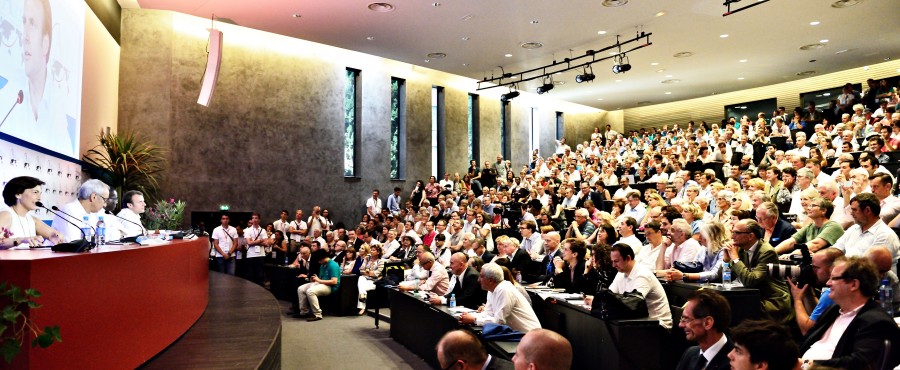3 Jul 2016
Which Path Towards Economic Prosperity?
Session 26

Although global growth is struggling since the 2008-09 financial crisis, there has never been so many radically new innovation and technological progress, completely redistributing the cards across economic sectors and players. This paradoxical trend fuels populism, as left out citizens feel more acutely that they do not benefit from what could be the next form of prosperity.
Exceptional growth in the run up to the crisis was driven by trade globalization, accommodative monetary policy and lenient financial regulation that fueled credit, while public spending and competitive devaluation –in some cases– remained options in periods of recession. This era is over, as public debt levels have dramatically increased and marginal return on monetary policy decrease.
Against that backdrop which path to choose? Three attitudes seem possible today:
– Fostering the changes and disruptions created by the technology sector and putting into questions existing rents and model. Though essential to ride at the forefront of tomorrow’s world, it is not enough for today, as the technology sector remains too confined to boost growth at a macro level; besides it does not bring a solution to the many western citizens feeling left out of economic progress.
– Designing program of reforms actually adapted to the social and economic specificities of each country, and acknowledging that easy macro cyclical policies have become less potent and that “structural reforms” inspired by the Washington Consensus need to be revised (as the IMF did).
– Timidity in addressing secular issues, fear of technology disruption, in a world the conservative option will lead no other economic outcome than «secular stagnation» as «new normal». Such an outcome would be crucially unstable as it leaves economies weak (desemparees) in case of a new recession, and to the mercy of rising populism that would put our very democracy in danger.
Contributions
Boone_session 26







